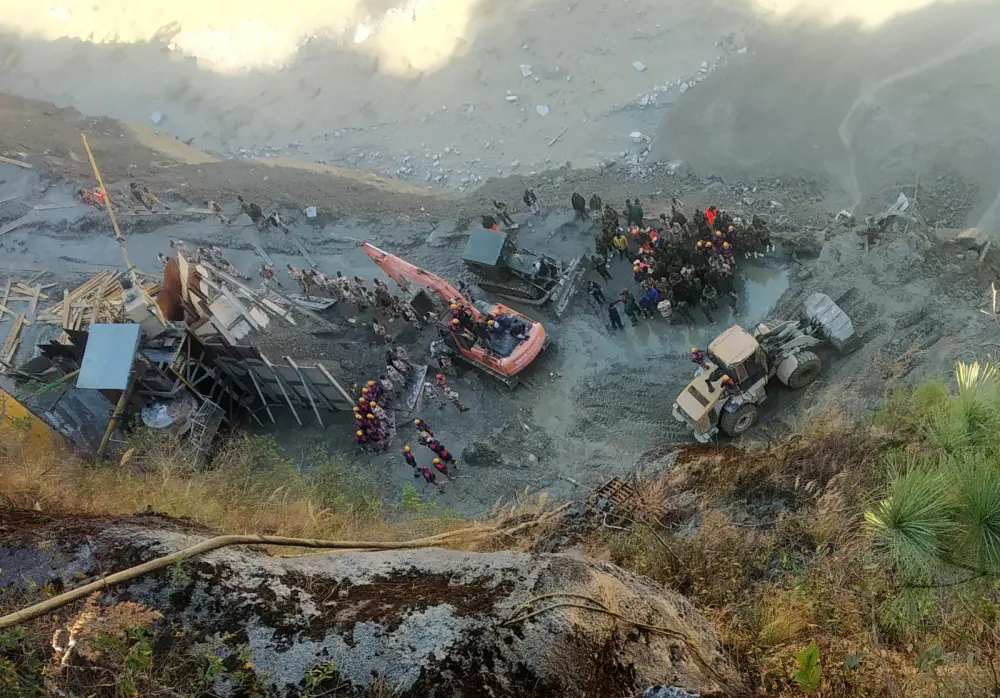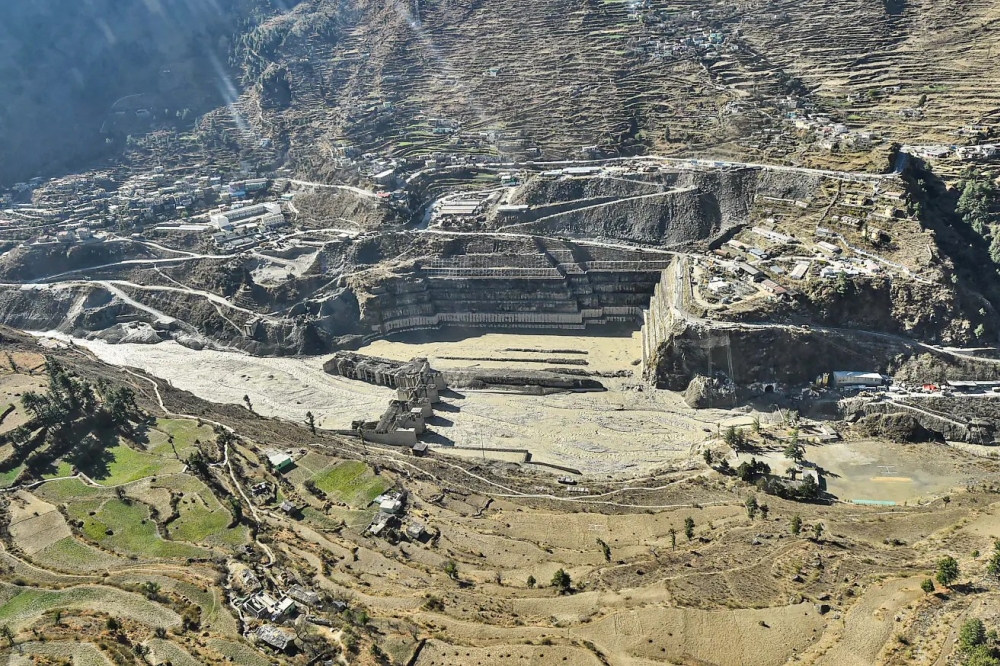Restarting Hydro Projects in Fragile Ganga-Himalayas is a Massive Disaster Invitation
After being put on hold for seven years, Modi government decided to restart seven hydroelectric power projects in the Ganga-Himalayas, sowing seeds of a massive disaster.
The Himalayan Region is an extremely fragile ecosystem that has borne the brunt of many extreme natural disaster in the past decade, especially in India. The crumbly Himalayan valleys of Uttarakhand has witnessed massive landslides, cloud bursts and more ecological disasters, most of them triggered by anthropogenic activities in the region.
To the dismay of environmentalists, the Modi government is restarting hydro projects in the fragile Ganga-Himalayas that could lead to a massive natural disaster.
The Centre’s decision to restart seven hydro-electric power (HEP) projects in the Ganga-Himalayas has induced fear and worries among the people. The Union environment ministry has earlier said that approval for the construction will have scientific backing, however, experts say the new decision does not have any expert clearance.
Recently, a group of over 60 experts and citizens wrote to the Prime Minister Narendra Modi against the government’s decision to restart the building of seven HEPs in the Ganga-Himalayas; six of which are located in the paraglacial zones or their buffer zones.

After glacial lake burst, rescuers looking for survivors | Image: Reuters
This unwarranted verdict is an elaborate path, leading from stopping the devastation caused by hydro projects to seeking any ways to reopen them.
When the Kedarnath floods in 2013 wreaked havoc in Uttarakhand, the Supreme Court (SC) directed the Ministry of Environment, Forest and Climate Change (MoEF&CC) to perform a detailed investigation of HEPs in the region and their impact on the ecology. The SC also put 24 proposed HEPs on hold, while asked the ministry to assess the situation.
Unsurprisingly, the committee established by the ministry, consisting of 17 experts, discovered that the areas were inflicted with the worst damages by the hydro projects that also had done irreversible damage to the environment.
However, it seems that government has ignored the committee’s report and has moved ahead with the plans to build more HEPs in the ecologically fragile region.

A massive avalanche has killed around 13 persons in Uttrakhand’s Chamoli district | Image: PTI
The Ministry of Jal Shakti has, however, disagreed with the decision, citing;
The region around these projects is located in the geologically unstable and seismically active area. Hence the impact of any disaster will have a devastating impact on the people, flora, and fauna and on the entire eco-system as a whole, which is uncalled and unwarranted for.
Furthermore, the Himalayan glaciers are retreating faster than the global average. Natural disasters such as flooding, cloudbursts and glacial lake outbursts are all expected to increase with changing climatic conditions.
Two out of these seven approved projects are buried under heaps of debris; they were destroyed earlier this year after a glacial lake burst.
The decision seems to be a warning and a code red for the region, which is most likely to threaten the communities around them and inflict massive environmental damage.
Via: Times of India


